

![]()
| David has had an image shortlisted for a major international photography competition, the 'International Photo Contest' organised by the 'Festival de L'Oiseau' in France. This competition has attracted entries from 35 different countries around the world. David's image was taken from his bedroom window here in Cornwall! It shows a redwing feeding on holly berries in a shower of sleet (quite appropriate for the last couple of days!) |
.jpg) see more here: www.festival-oiseau-nature.com |
||
|
David had an afternoon out with friends photographing the landscapes and
seascapes around Porthcurno. The afternoon started with a view of
Porthcurno Beach, the pool of light on the beach created by the low
angle of the afternoon sun and shade from the Minack headland (David has
cloned out a few people from the beach!). The remaining photos were taken from the headland of Pedn-men-an-mere and show Porth Chapel Beach and Wolf Rock lighthouse as the sun neared the horizon. The sky was very dramatic. |
|||
.jpg) |
.jpg) |
||
.jpg) |
.jpg) |
||
| For the last few weeks a white stork has been frequenting a field near Leedstown, very close to where David lives. This week David has visited the location to take some photos. The stork spends its time feeding on cranefly larvae (aka leatherjackets). From the leg ring it would seem that this bird was released in Devon as part of a reintroduction scheme. | |||
.jpg) |
.jpg) |
||
| David had an afternoon at Cape Cornwall taking photos of the headland, the sunset over The Brisons and the remains of St Helen's Oratory. While watching the sun set a young grey seal popped up out of the water and proceeded to hop up the boulders towards him. It seemed in good health and was probably a seal that had been raised in captivity as it was obviously accustomed to humans. | |||
.jpg) |
.jpg) |
||
.jpg) |
.jpg) |
||
|
This week David has spent a couple of afternoons on The Lizard, both
finishing with a sunset. The top row shows a photo of waves
breaking on Lizard Point and to the right is the sun setting behind a
rock with a row of shags roosting on top. Below these there is a photo taken from the coast path between Mullion Cove and Polurrian Cove looking towards Poldhu with gorse in flower. The final shot is a sunset at Mullion Cove showing the harbour and the island. |
|||
.jpg) |
.jpg) |
||
.jpg) |
.jpg) |
||
| This week David has spent some time in the hide on his smallholding. Interestingly a female green woodpecker has been coming to feed on the windfall apples that he has been putting out for the last few weeks. The aim might have been to attract winter thrushes but a green woodpecker is even better! To the right is a female great spotted woodpecker, nice to see it in a different posture, usually they are seen clinging to a vertical tree trunk supported by their tail. | |||
.jpg) |
.jpg) |
||
| Here's a picture of David receiving one of the two awards mentioned below. This photo was taken by Derek Godridge of Penryn Camera Club and the CPA and shows David (left) receiving the plate from Ian Smith (right). |
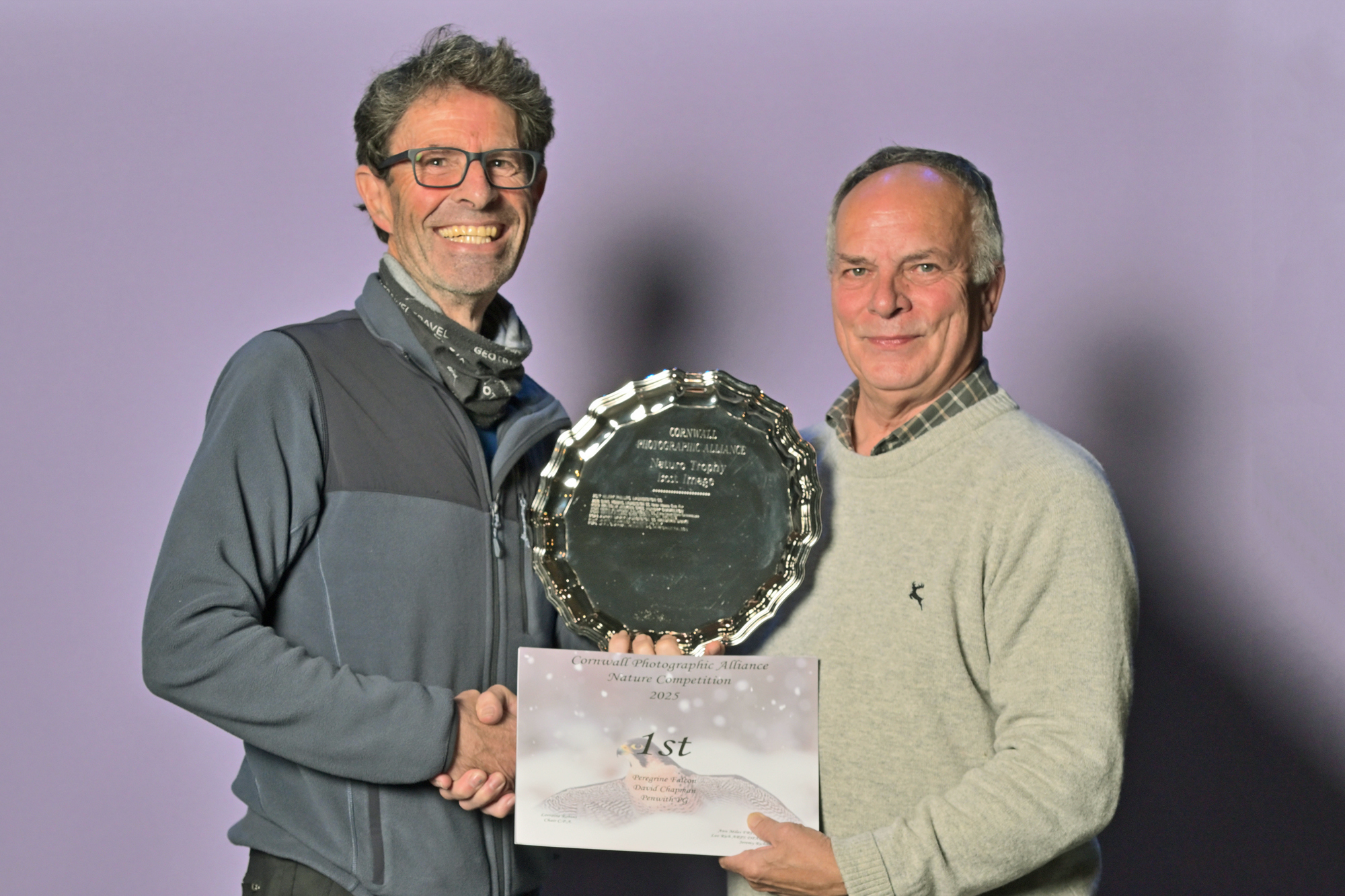 |
||
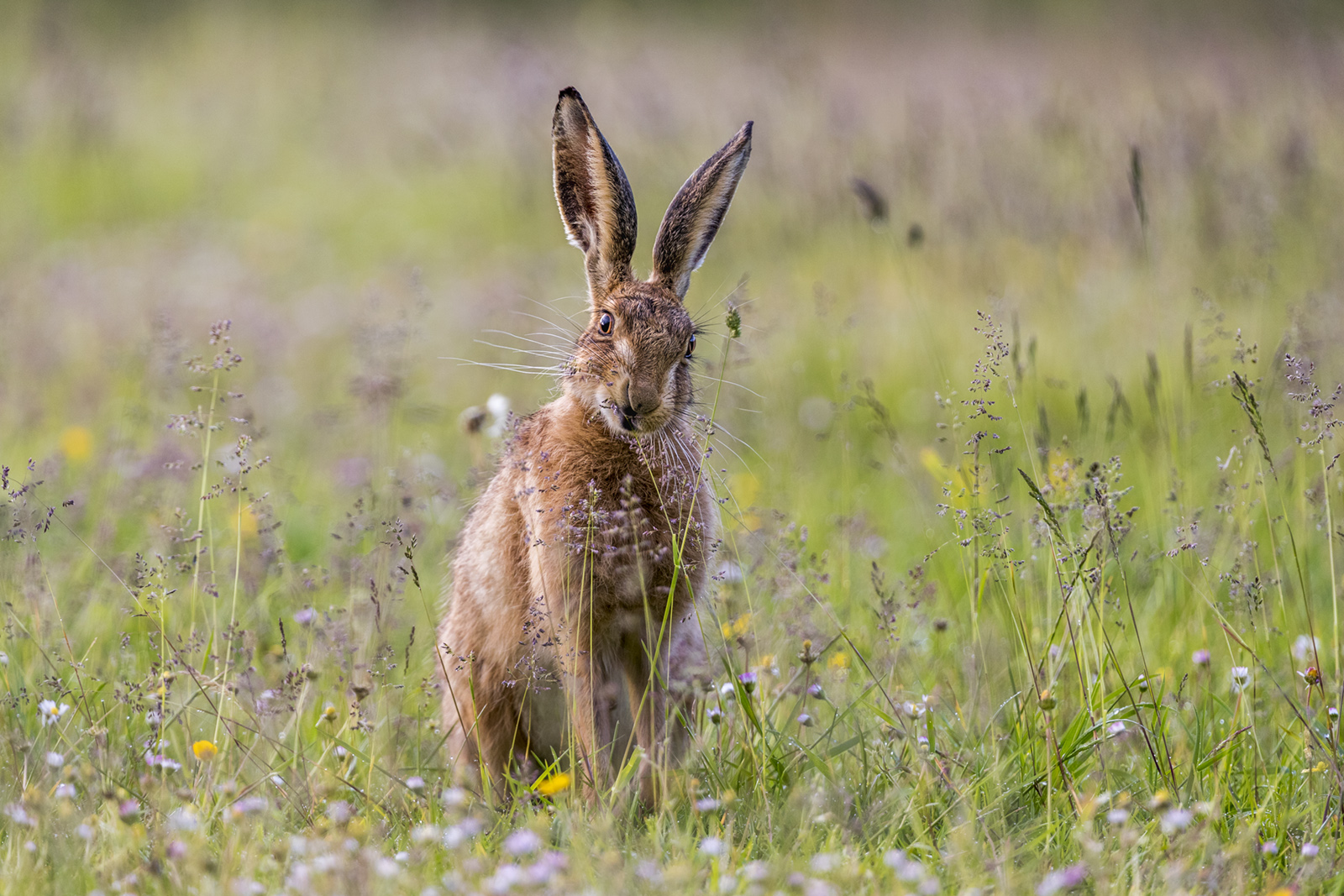 |
This year David decided to rejoin Penwith Photographic Group and as a result has started to enter Cornwall Photographic Alliance competitions again. The first one was the Nature and Wildlife competition and David was fortunate enough to win one of the two sections plus the overall trophy for highest number of points scored by any photographer. Here are three of his six photos. | ||
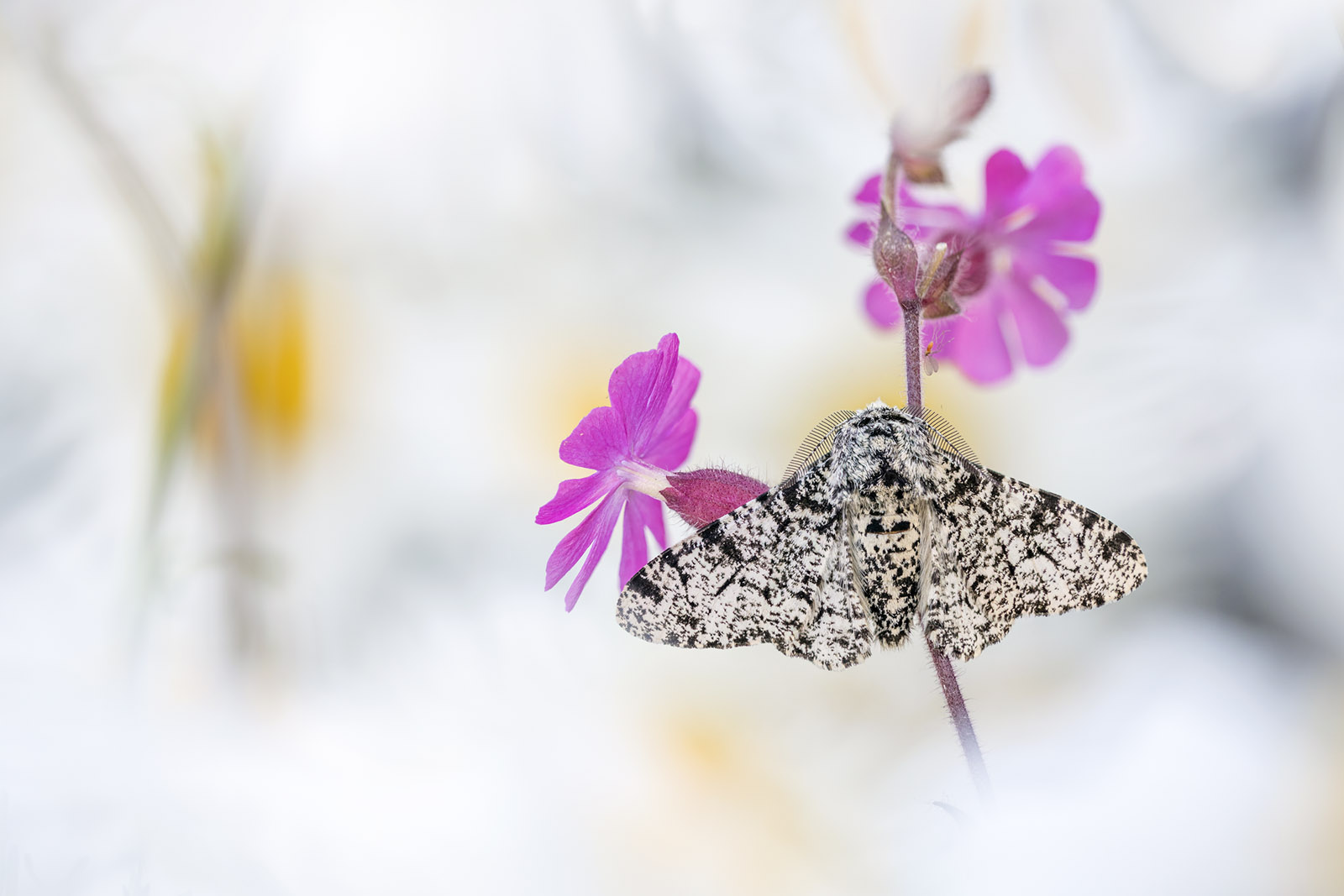 |
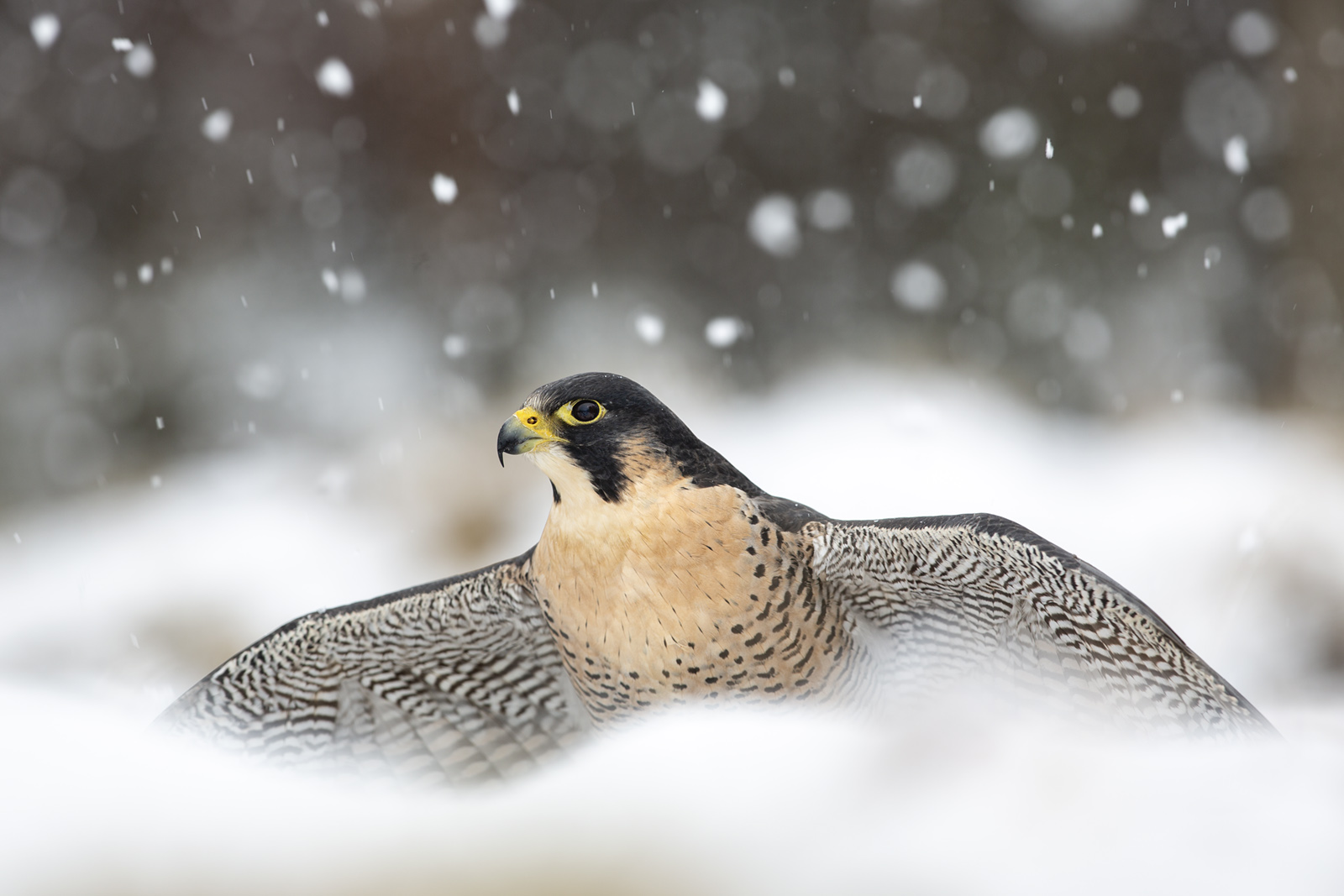 |
||
| This week David spent a morning at Helston Boating Lake. At the moment there is a pair of lesser scaup (rare wildfowl from North America) on the lake and the common sandpiper is over-wintering again (for the third year). It's interesting to have the opportunity to photograph a sandpiper with odd paraphernalia in the background, the shot to the right has a push chair behind! |
.jpg) |
||
.jpg) |
.jpg) |
||
|
David has just spent a few days in Devon alternating between Stover
Country Park and Dartmoor. His aim was to capture something of the
autumn and enjoy being creative with his camera. Most of the photos below are of fungi from the top down they are yellow stag'shorn, false death cap, scarlet waxcap, greyshank boletus and the cap detail of a blusher. These photos were all taken using focus stacking which frees the photographer to choose an appropriate aperture for a good background whilst also getting the fungus fully sharp. In the middle of this set of photos are two very slow shutter speed shots both with intentional camera movement. The first is of autumnal leaves on the water surface, the second is a mute swan taking off. The three autumnal views were taken on Dartmoor. The first shows Haytor from Greator at sunrise; below this is Saddle Tor together with Rippon Tor from Holwell Lawn; the final one is Bowerman's Nose just before sunset. |
|||
.jpg) |
.jpg) |
||
.jpg) |
.jpg) |
||
.jpg) |
.jpg) |
||
.jpg) |
.jpg) |
||
.jpg) |
.jpg) |
||
| It's amazing what a bit of autumnal colour will do to a photo! This fiery effect is created by one autumnal tree in the background. The birds are: a drake mallard and a tufted duck. | |||
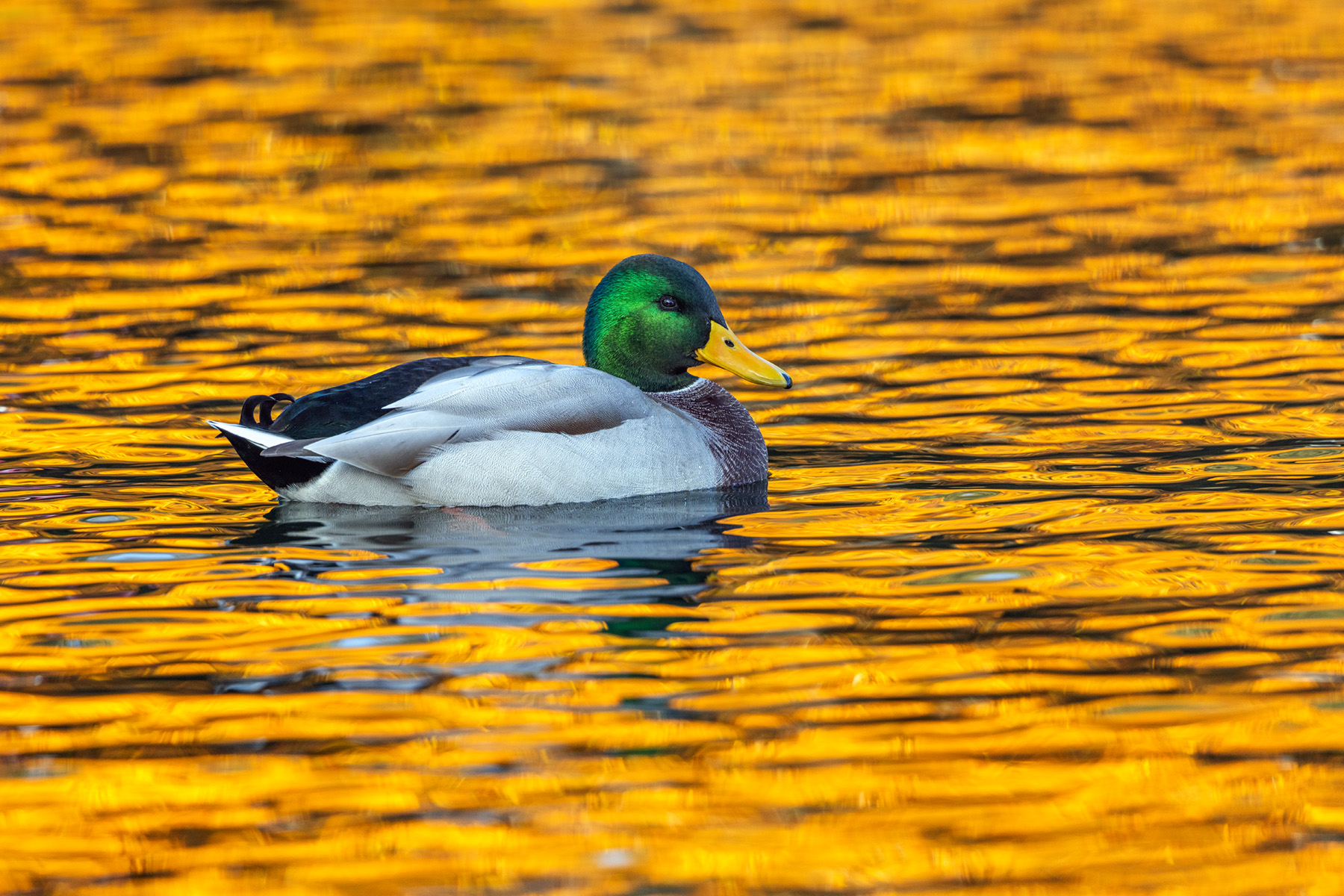 |
.jpg) |
||
| On the way back from the North David and Sarah stayed in Shropshire for a few nights. The first two photos below show Shrewsbury. The next two were taken from the New House Farm CL, Church Stretton, where they pitched their van next to a beautiful lake. The bottom two show a photo of Ashes Hollow (Long Mynd) and a view of Caer Caradoc. The Shropshire Hills is a beautiful area and great for walking. | |||
%20the%20river%20severn.jpg) |
%20the%20dingle%20in%20the%20quarry.jpg) |
||
.jpg) |
.jpg) |
||
.jpg) |
.jpg) |
||
|
David and Sarah have just returned from doing the Coast to Coast
long-distance trail. The walk starts on the Cumbrian coast (St
Bees) and ends on the Yorkshire coast (Robin Hoood's Bay). The
walk took 16 days. The photos below show some snippets from the
journey: St Bees lighthouse; Borrowdale; a flooded path they had to
cross (it was the wettest September in Cumbria for 70 years!);
Patterdale; Swaledale near Reeth at sunrise; Cringle Moor followed by
Farndale (both North York Moors); finally Robin Hood's Bay. David has put together a talk about their experience (see the talks page), to listen to the story of their walk please book David to give a talk to your group. |
|||
%20st%20bees%20head.jpg) |
%20borrowdale.jpg) |
||
%20borrowdale.jpg) |
%20patterdale.jpg) |
||
%20swaledale%20reeth.jpg) |
%20view%20from%20cringle%20moor%20cleveland%20way.jpg) |
||
%20farndale%20from%20blakey%20ridge.jpg) |
%20robin%20hoods%20bay.jpg) |
||
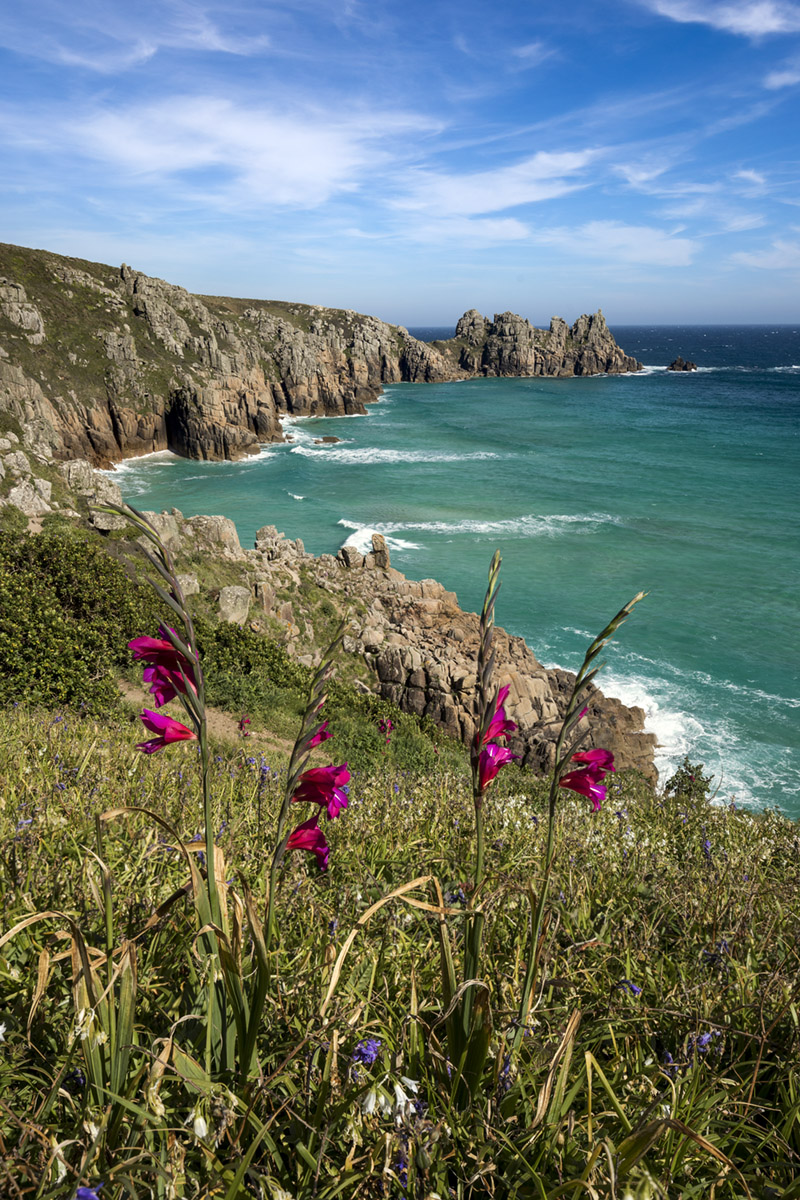 |
.jpg) |
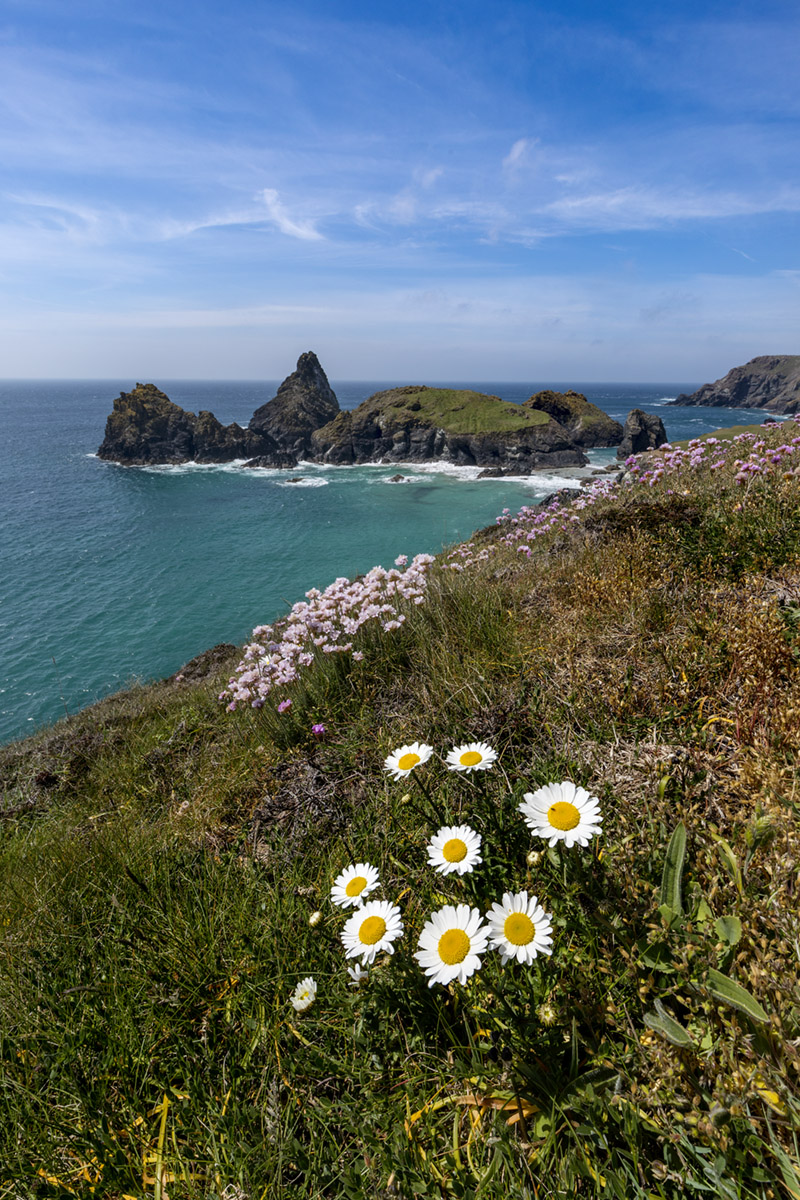 |
.jpg) |
